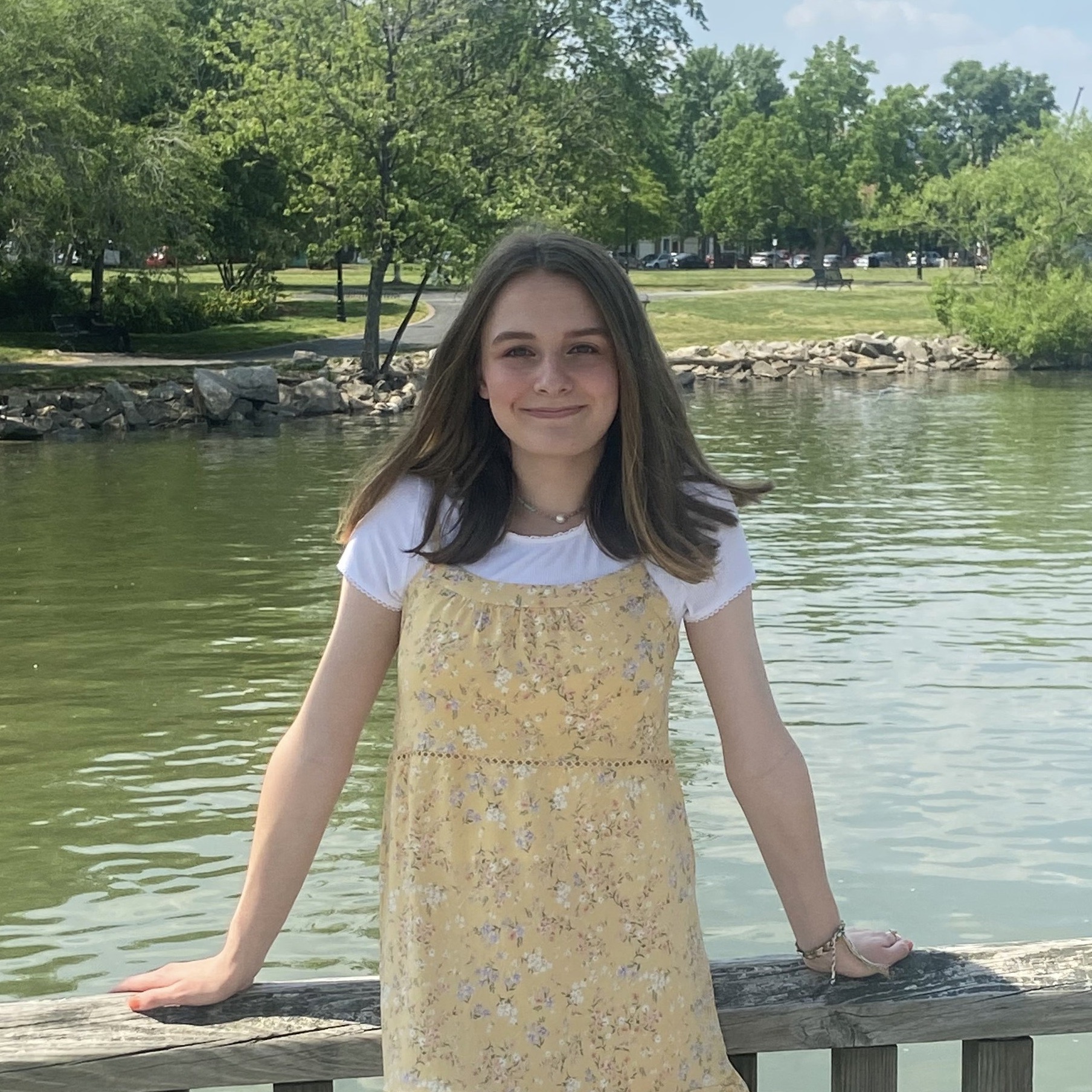The Code of Virginia provides municipalities with the power to regulate tree canopy cover. Fairfax County, Virginia created a policy in its Public Facilities Manual that requires tree canopy conservation within its land development approval process. Developers must submit a tree conservation plan with specifications for reaching a 10-year post-development tree canopy cover requirement. The 10-year post-development tree canopy cover requirement varies from 10% to 30% based on zoning. The canopy cover requirements were approximated for Fairfax County using zoning data. These policies have been in place in Fairfax County for over 10 years, so many parcels have passed the 10-year post-development timeline. However, the canopy on these parcels has not been evaluated yet. The purpose of this project is to assess the growth of tree canopy on previously developed parcels in Fairfax County to determine if they have met their 10-year-post-development tree canopy cover requirements.

Geospatial Canopy Data
The canopy on developed parcels was determined using high-resolution canopy cover data from PlanIt Geo, a consulting and software development firm specializing in urban forestry. To develop the canopy cover data, PlanIt Geo used aerial imagery collected by the National Agriculture Imagery Program from 2021 with a 60-centimeter resolution. This imagery was used to determine the amount of canopy on each developed parcel in 2021.
In Fairfax County, 7,612 parcels were developed from 2009 to 2021. Their measured canopy in 2021 was compared to their required canopy based on zoning data. 527 parcels could not be assessed because zoning data was not available for their location. Only parcels developed from 2009 to 2011 have had the full 10 years for the canopy to grow, but about two-thirds of parcels are meeting their estimated canopy requirements already. 67% of these 7,612 parcels have met their tree canopy requirements, while 34% have not met their tree canopy requirements.
Site Plan Data
Site plans are created by land developers for each parcel undergoing construction, containing the specifications for development. Within each plan, there is a section regarding the tree canopy requirements.
The data we plan to collect from the selected site plans are listed below:
10 year tree canopy calculation
- Total site area (sf)
- Zoning
- Existing tree canopy (sf and %)
- Required tree canopy (sf and %)
- Canopy from tree preservation (sf)
- Tree preservation multipliers
- Canopy from tree planting (sf)
- Tree planting multipliers
- Total 10 year canopy provided
This tree canopy information was extracted from a sample of 151 site plans. The sample includes plans with an approval date after January 1, 2009, when the tree conservation ordinance went into effect. Plans with a closed date between 2009 and 2011 are included in the sample because they reached the 10-year post-construction mark by 2021. Only infill lot plans with a residential zone type were included to create a homogeneous study group. 90% of plans with a closed date from 2009 to 2011 are infill lot grading plans, and 93% of these plans have residential zoning. The parcels that meet these constraints are required to have between 20% and 30% canopy. Proportionate stratified random sampling by zone code was used. Zone codes R-1, R-2, R-3, R-4, R-8, R-C, and R-E were included in the sample. For the 151 parcels in the sample, 81% met their tree canopy requirements by 2021, while 19% did not meet their tree canopy requirements.
Current Work
We are currently analyzing the data collected from the sample of site plans and comparing it to the geospatial canopy data. Specifically, we are focusing on assessing the effect of canopy multipliers on total canopy cover and investigating factors that could predict if parcels will meet their tree canopy requirements. Some plans may have canopy multipliers that increase the true canopy value by a certain amount to incentivize certain actions like preserving trees or planting native species. Potential predictor variables that are being investigated include plan type, zone code, parcel size, and percentage of canopy required.
Researchers

Meghan Failor
MS Graduate Student
Urban Forestry
Virginia Tech

Will Beer
Undergraduate Research Assistant
Major: Forestry
Virginia Tech

Dr. John P. Gannon, PhD
Co-Advisor
Assistant Professor, Dept. of Forest Resources and Environmental Conservation
Virginia Tech

Dr. Eric Wiseman, PhD
Advisor
Associate Professor, Dept. of Forest Resources and Environmental Conservation
Virginia Tech

